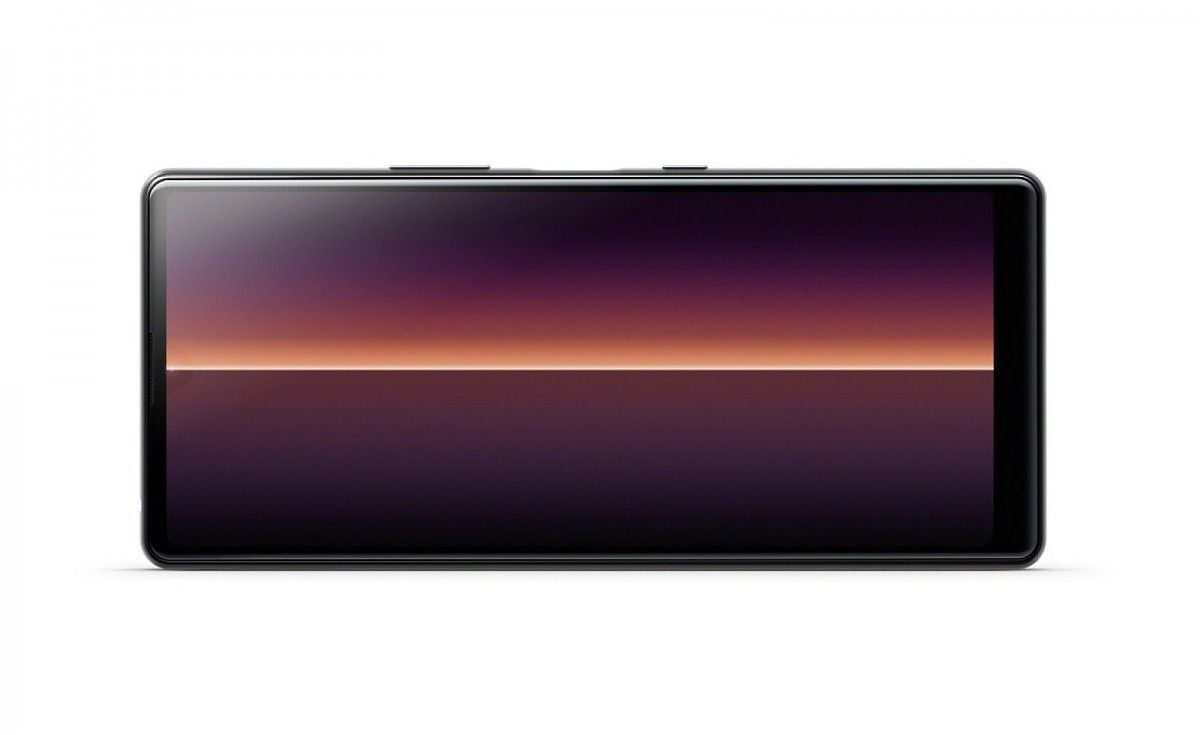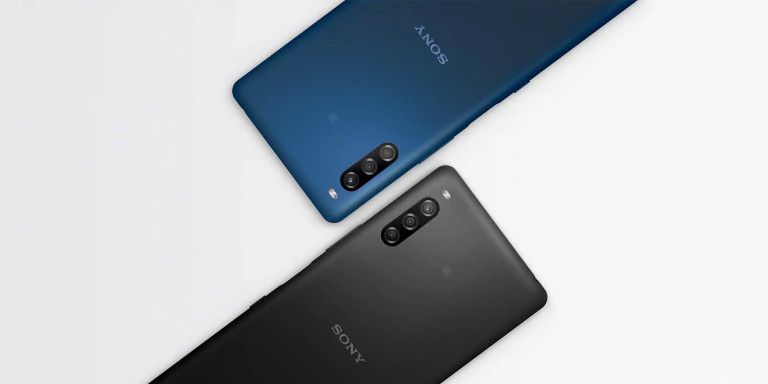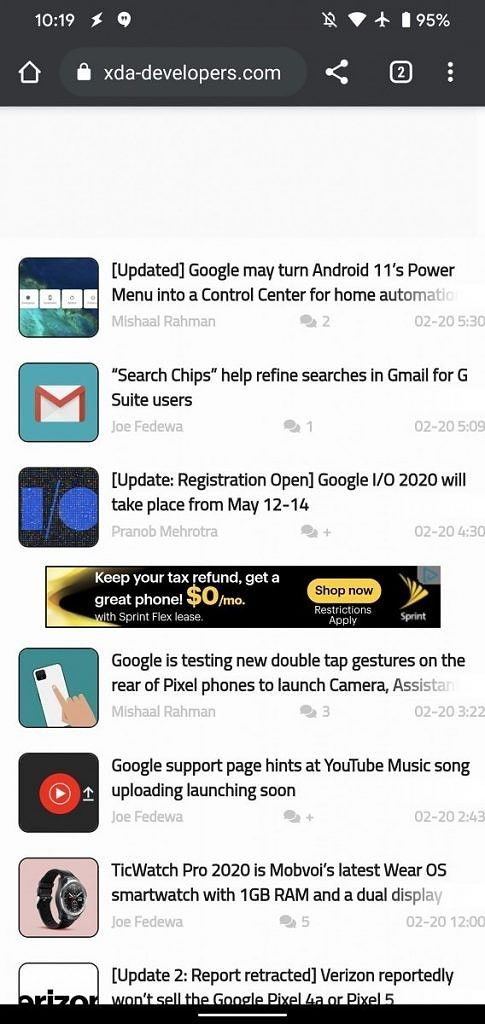Some of you may remember an unfortunate page in the history of Android back in 2015-2016. Faulty chipsets caused a few devices to experience never-ending bootloops, or as we call it in the community, a “hard brick.” To this day, we still don’t know all the details on the exact issue with the devices. One of the most notable victims of the “great bricking” was the Nexus 6P, Google’s flagship device of the time. It was named as the best device of the year by many, but as you’d guess, it didn’t live up to the promise.
Unsurprisingly, the bricking of the devices were followed by a class action lawsuit, demanding Google and Huawei (the OEM which built the device) to reimburse the buyers of the Nexus 6P. It was then followed by a year of silence, after which we got the information that the court denied the motions from Google to dismiss the case. According to the newest information from The Verge, we may finally get the update to the situation.
The new proposed settlement gives Google and Huawei liability to pay up to $400 to each Nexus 6P user in the US who bought the device on or after September 25th, 2015. Google and Huawei have not admitted fault, but they have agreed to on the payout to finally settle the suit. Though, if you used the warranty exchange program to get the Pixel XL, you’ll only be eligible for reimbursement for up to $10. To get the reimbursement at its fullest, you have to submit a claim with the proper documentation.
As I already mentioned, you will only be able to get the reimbursement if you’re a citizen of the United States, as that’s where the lawsuit took place. Without proper documentation, you may only be eligible for up to $75. Keep in mind that the decision is not final, as the proposed settlement still needs to be approved by the court. The next, and probably final hearing, will take place on May 9th. We’ll make sure to update you with the results and the details.
Source: The Verge
Update 1: New details
The Nexus 6P settlement is moving forward with some new details. The claim filing period is set to open up on June 7th. The deadline to submit a claim form is September 3rd, 2019. You may also choose to exclude yourself, which will allow you to keep your right to any other lawsuit pertaining to this case. If you feel particularly passionate about this case, you can even attend the court hearing on October 10th, 2019. We will update this story when the claim period opens up.
Source: Nexus 6P Settlement
Update 2: Claim period open
As mentioned in the previous update, the claim period has opened today, June 7th. Nexus 6P owners can visit the webpage below to file a claim. During the process, you will be asked to provide documentation to prove you purchased the phone between September 29, 2015 and May 3, 2019. The file claim form will remain open until September 3rd, 2019.
Source: File Claim
Update 3: Settlement Checks
The claim period for the Nexus 6P reboot settlement ended a few months ago and now the next step of the process has begun. Settlement checks for those who qualified will be distributed within 40 days of January 12th, 2020. Here’s the important part of the document:
Pursuant to the Settlement Agreement at paragraph 1.14, the Distribution Date for Settlement Payments to be made to Claimants by KCC shall be no more than 30 days following the Effective Date, which is January 12, 2020. Due to the volume of claims submitted, and the documentation required to verify certain claim groups, the amount of time required to review and process claims was greater than anticipated. KCC has almost completed review and processing of claims. KCC requires additional time to accurately process claims, including allowing class members who are eligible to participate to cure any deficiencies. Accordingly, the parties have agreed to extend the deadline to finalize this phase of the claims procedure.
Attached hereto as Exhibit A is the Third Amendment to the Settlement Agreement, executedby the parties, which extends the time for KCC to make final distributions to Claimants by 40 days. The parties will continue to complete the claims administration process in accordance with the Settlement Agreement and the Court’s final approval order.
Via: Reddit
Update 4: Checks Sent
After a long-drawn-out process, Nexus 6P owners are starting to receive their settlement checks. Users in the Nexus 6P subreddit have reported on receiving various amounts via PayPal. The exact amount of money you will receive depends on the specifics of your situation. Some have received as little as $5.82 while others have gotten $29. If you qualified and filed a claim, now is the time to check your inbox to see if your check is waiting for you.
Source: Reddit
The post [Update 4: Checks Sent] Google and Huawei may pay up to $400 to owners of bootlooping Nexus 6P appeared first on xda-developers.
from xda-developers https://ift.tt/3aAz0kh
via IFTTT






